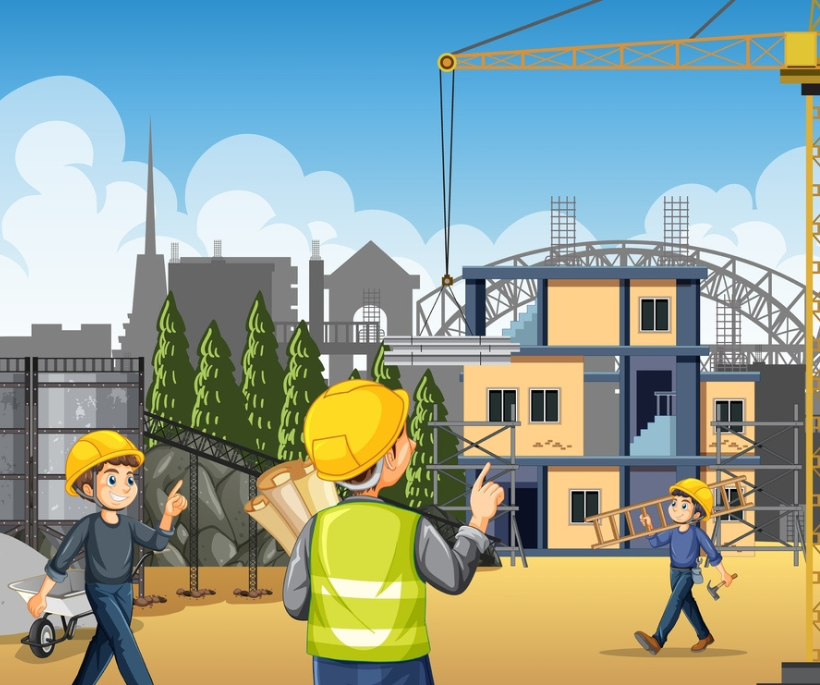Everyone must agree that good health is priceless. However, there is no one correct answer regarding how to live a healthy life. A balanced and nutritious diet helps to maintain good health.
Many people talk about healthy lifestyles, but few follow the rules. Healthy living includes sobriety, prudential living, and mental and physical wellness. A healthy lifestyle requires physical and mental fitness. No financial status or location matters. Instead, it’s the desire to live well with certain basic practices.
Modern life is more competitive and busier than in the past. It does not mean we should ignore our health. We only have one life, so simple guidelines like eating well, exercising, and maintaining personal hygiene may make a big difference.
Did you know that there are some affordable ways to extend your life? Bestselling author Dan Buettner, who studied Blue Zones, where people live to be over 100, has found great evidence-based methods to keep the bank intact. Buettner’s new book and Netflix docuseries examines factors contributing to the world’s longest-living, healthiest populations in Costa Rica, Italy, Greece, and even the U.S.
Superagers are elderly adults with cognitive capacities comparable to those of younger people. They regularly advise on diet, exercise, and socializing. Simple, healthy routines help keep SuperAgers alive.
Being balanced is key!
According to Emily Rogalski, a fantastic expert in the field, we discovered that SuperAgers are unique. Unlike most elderly people, they don’t experience the usual decline in health. Instead, they can maintain a good balance between their lifespans and healthspan, allowing them to live well and enjoy their golden years.
Scientists set out to determine what sets SuperAgers apart from otherwise healthy adults of a similar age and how they achieve such a delicate balance.
#1: Herbal tea provides life-extending nutrients
Having a longevity-boosting drink has been around for a while. Still, most health news focuses on fashionable ingredients like matcha, costly organic blends, or coffee. Black, green, and coffee are healthy, but herbal teas are too.
Buettner discovered that SuperAgers in Ikaria, Greece, prefer herbal tea from simple herbs like sage, rosemary, and common mallow. According to Penn Medicine, the antioxidants, anti-inflammatory chemicals, and other micronutrients found in the plants used to make herbal teas can aid digestion, blood pressure, and cholesterol levels.
Many herbs can be grown in a small backyard, a community garden, or inside pots to make tea.
#2: Beans: An Inexpensive and Quickly Available Superfood
Instead of keto, Blue Zone residents thrive on carbs like healthy grains and sweet potatoes.
Buettner told Insider that beans are a superfood since they are a readily available food with many nutrients.
Their fibre content provides healthy digestion, steady blood sugar, and colon cancer prevention.
Mediterranean diets in Greece and Italy include beans in minestrone soup and chickpea salad.
Costa Ricans eat beans, corn, and squash, known as the “three sisters,” to provide a complete protein supply with all the essential amino acids.
#3: Stay in Shape
Brain health also depends on activity as you age. Art Kramer, a Northeastern University neuroscience and psychology professor, says exercise creates new neuronal synapses. He claims cardiovascular exercise like walking and riding improves memory, problem-solving skills, and dementia risk.
According to Kramer and colleagues, aerobic walkers increased the amount of their hippocampus, which is involved in memory, while toning and stretching exercisers had normal age-related reductions.
Starting exercise is the hardest for many. “You can’t tell a professional couch potato to start doing triathlons,” Kramer admits. His advice is to start with something you like. “You can walk, bike, go to the gym, or play a sport,” he explains. “Just do something, and lots of good things can happen.”
#4: Spend Time With Loved Ones to Live Longer
According to research, building relationships can improve your health and well-being without costing anything. Some studies link loneliness to smoking, which can shorten your life by over 15 years.
In contrast, Buettner suggests maintaining revealing friendships, familial ties, and romantic partnerships to avoid lost time.
People in Blue Zones, like Okinawa, prioritize building social circles for community activities, including talking, singing, dancing, and even financial support.
“No pill, supplement, or blockbuster drug can give us 15 years,” Buettner added. “But in Okinawa, they’re getting those years by finding friends, committing to them, and spending time with them daily.”
Your social life is more potent than money at extending your lifespan.
#5: Ensure Plenty of Sleep
My concept of a healthy lifestyle includes getting enough sleep, which may seem counterintuitive to others. You need to get enough shut-eye to function correctly during the day. A good night’s sleep is crucial since it allows people to wake up feeling refreshed, perform better the next day, and enjoy life more. Getting a good night’s rest is vital because it enables people to recharge their batteries and return to work refreshed, ready to take on any challenges.
#6: Keep Perspective
Your attitude matters, right? It’s tempting to dismiss health difficulties as genetic and out of your control. Dr. Perls says daily choices can significantly affect your lifespan. The average U.S. life expectancy is 79, but he argues it can be longer. “I think lifestyle behaviors are the main reason people live to be 90. He claims it is a very positive perspective of ageing, but it’s conceivable. Knowing that your everyday choices can add almost a dozen good, sharp years to your life can help you form habits that will last into your golden years.
Finding Support
You can get the help you need to stay healthy in many ways. The first step is to find a good general practitioner (GP) with whom you feel safe talking about your health. If you always see the same doctor, you can work together to care for your health and set up checkups as needed.
Having a “support person” can make all the difference in developing healthy habits. Talk to your friends, family, a program for mental health, or a case worker. Remember that you can also use other services in your area.
How Can I Know More Information?
Regular interaction with an expert helps you keep momentum and achieve excellent results when mentorship ends. Health mentorship becomes one of the best approaches to achieving long-term self-sufficiency.


